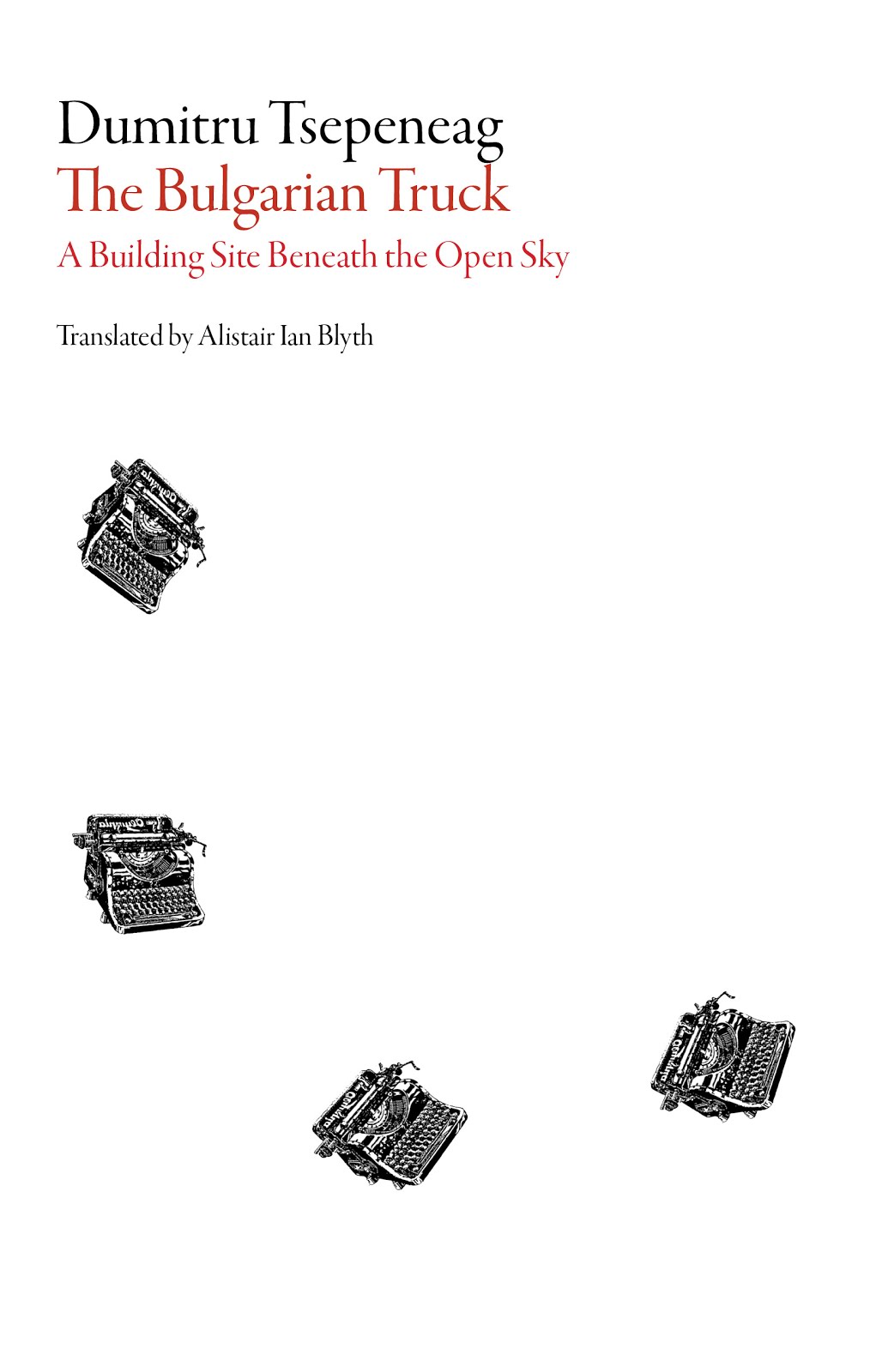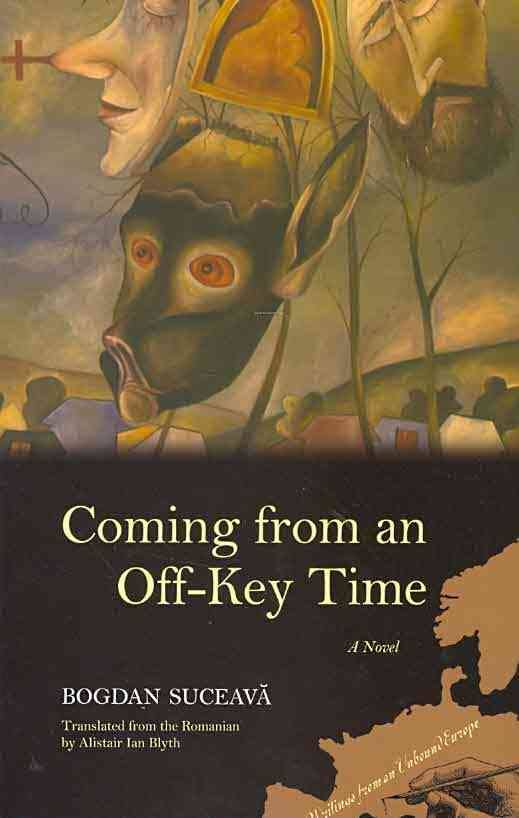One of the most significant protective spirits among the Northern Voguls is mir-susnē-xum 'the World Overseeing Man'. He is also called ali-xum 'the man above' (ali: the upper course of the river), or just simply ōtәr. In some areas, he has acquired the attributes of a local protective spirit. On the Sosva, he is thought to be the son of sōrńipos 'the Golden Light'. He has a winged horse, towlәŋ luw, which has such sharp eyes that he sees even the invisible and flies at the height of the clouds. (...) On the Sosva, they believe that while he wanders the forest feeding his horse, the blades of grass that fall from the horse's mouth become Calla palustris (German: Drachenwurz, Vogul xūs). This plant is then used as an offering to Mir-susnē-xum. (...) They also believe that if one laughs while eating it raw, it will surely bring death, and so it is always eaten cooked. One is also not even allowed to speak about the plant, fearing death. It is believed that the World Overseeing Man cures illnesses and lengthens life, in fact, some say this is his primary function. The Voguls often identify the World Overseeing Man with Jesus Christ. He is considered the mediator between humans and the lower guardian spirits.
Otto J. von Sadovsky, Aspects of Vogul Religion (based on A. Kannistor, E. A. Virtanen, M. Liimola, Materialen zur Mythologie der Wogulen, MSFOu 113, Helsinki, 1958), in Vogul Folklore, collected by Bernát Munkácsi, selected and edited by Otto J. von Sadovsky and Mihály Hoppál, translated by Bálint Sebestyén, ISTOR (Internataional Society for Trans-Oceanic Research) Books 4, Akadémiai Kiadó, Budapest, 1995, pp. 161-162.
Calla palustris






















No comments:
Post a Comment